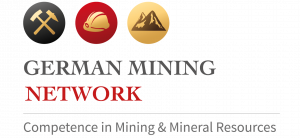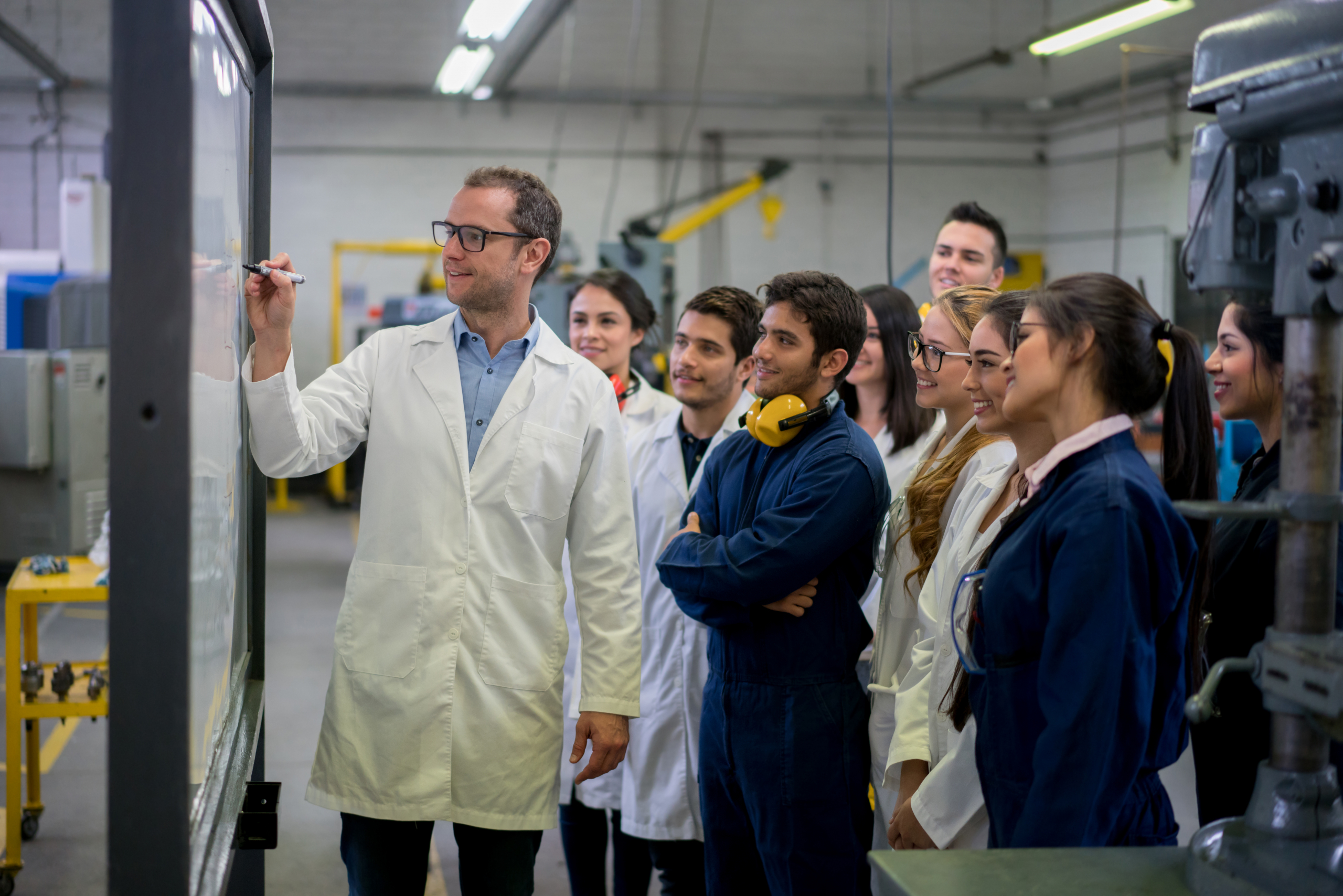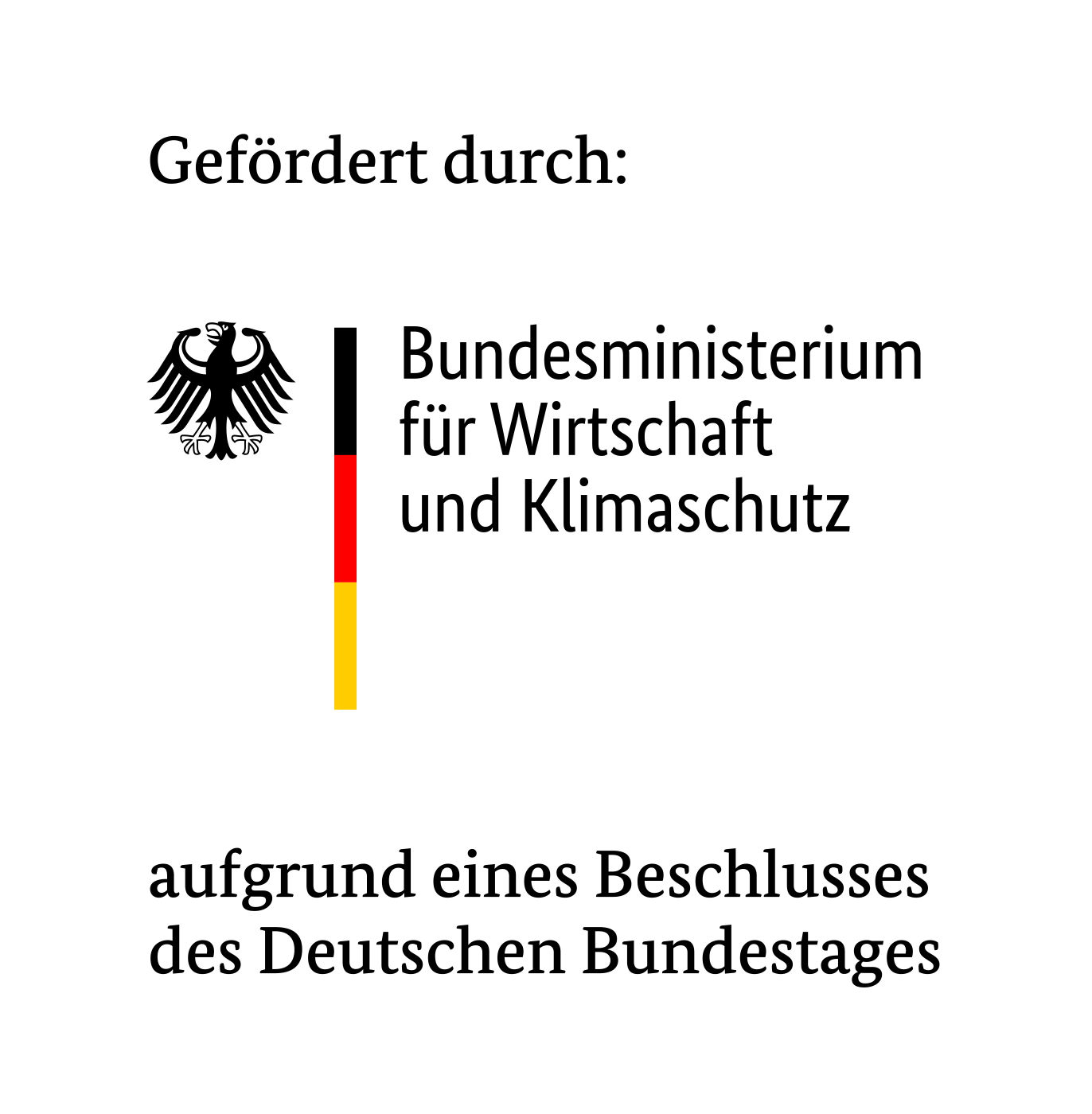Folgender Artikel wird auf Englisch zur Verfügung gestellt.
German carmaker Audi is working with the Freiberg University of Mining and Technology on the development of bioleaching methods that use bacteria and innovative membrane technology to mine for transition metals.
Audi’s Environmental Foundation (AEF), a department formed in 2009 to look at green technologies and methods, has developed a in-situ bioleaching project with the university’s Institute of Thermal, Environmental and Resources’ Process Engineering.
The project, which has been underway for two years, has seen an in-situ bioleaching process developed and then optimised in a laboratory before finally being tested under real conditions in the research mine at the university.
The trial involved researchers drilling small holes in an ore vein. Through leaching, the valuable elements – in this case, indium and germanium – are dissolved from the ore with the help of microorganisms that are already present in the mine.
“The bacteria are little miners that help transfer the metal ions to a solution,” explains Roland Haseneder of the Institute of Institute of Thermal, Environmental and Resources’ Process Engineering Through this process, some of the mineral components dissolve. The experts combine this step with direct two-stage membrane treatment. “Working on-site means there are no transport costs or logistics efforts,” says Haseneder. Additionally, the plant separates the microorganisms and returns them to the leaching process in the spirit of a circular economy.
The trial mine was used so experts could find out how the system would perform at a depth of 147 meters under conditions with over 90% humidity and dripping acidic water at ten degrees Celsius. Important parameters included the composition of the bacterial solution, enrichment with target elements, the process parameters used, and the yield of target elements.
The team said these tests proved the efficiency of the system.
“We adjusted the pressure, flow rate, and purification processes to significantly improve separation,” Haseneder says. Haseneder also says the separation efficiency for germanium was increased by 20% compared to the laboratory experiments.
AEF said the able extraction process will also be used for other elements such as cobalt in other deposits.
“The process is environmentally friendly and innovative, as major mining activities are largely avoided and even small quantities of ore can be extracted,” says Rüdiger Recknagel, Director of the Audi Environmental Foundation. According to Recknagel, this strengthens import independence, thus increasing supply security.
The Freiberg University of Mining and Technology is now searching for suitable partners for application at other sites, with the ultimate vision to implement microinvasive mining globally




